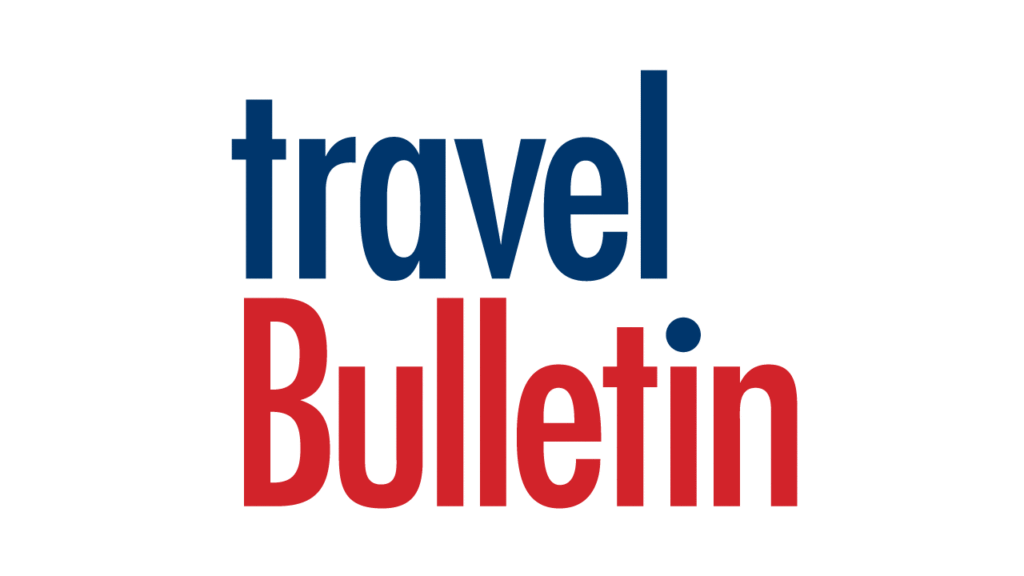/images/masterpics/Adele-Labine-Romain.jpg
 As election looms, ‘the Atlas’ keeps
As election looms, ‘the Atlas’ keeps
tourism on the political agenda
By Adele Labine-Romain, director, research and strategy
Tourism and Transport Forum
WITH the country going to the polls in September, the tourism industry is making its case as a key economic driver across Australia. As part of this, we want to reframe the definition of tourism to encompass all aspects of the visitor economy.
The common perception is that tourism is leisure and VFR travel. The reality is that people travel to and around Australia for a variety of reasons, including: business conferences, conventions and exhibitions, education, employment, health, working holidays and more.
All create employment and business opportunities.
The latest figures show there was $107 billion of expenditure in the visitor economy last financial year. Tourism exports were worth $25.5 billion. What’s more, both domestic and international tourism are growing.
Maintaining this momentum requires support for marketing, investment in demand driving infra-structure and policy settings which improve the sector’s competitiveness.
In the lead up to the election, TTF has produced a document which sets out the contribution of tourism in electorates across the country.
The TTF National Tourism Business Count and Employment Atlas (the Atlas) demonstrates the geographical breadth of tourism – generating businesses and jobs in every part of Australia.
The Atlas has found that Leichhardt in Far North Queensland is the most tourism-dependent electorate, with more than 8500 direct tourism jobs accounting for 11.3 per cent of total employment.
Gold Coast seats Moncrieff and McPherson are next, where direct tourism jobs make up 9.9 and 8.3 per cent respectively of the total workforce.
In fact, the Atlas shows that, of the 20 electorates most dependent on tourism for employment, 10 are in Queensland. However, Queensland is not the most tourism dependent state. That honour goes to Tasmania, where all five seats are in the top 20, with tourism accounting for between 6.6 and 7.9 per cent of total direct employment.
The Northern Territory runs a close second, with direct tourism employment making up 6.9 per cent of all jobs in Solomon and 6.4 per cent in Lingiari.
But tourism supports significant employment in metropolitan areas too, with the inner-city seats of Sydney, Brisbane and Melbourne Ports in the top five for total numbers of direct tourism jobs, with over 5500 in each electorate.
Official ABS figures show that tourism provides more than 500,000 direct jobs around Australia. That’s double the number of direct mining jobs nationwide.
Mining jobs are concentrated in certain places, with many workers fly-in fly-out or drive-in drive-out, reducing their contribution to the local economy.
By contrast, tourism employment is spread across the country, with the Atlas showing there are at least 2400 direct jobs in every electorate and more than 280,000 tourism businesses nationwide.
Consider, too, the massive subsidies enjoyed by the mining sector, estimated at $4 billion a year, while tourism fights to retain a basic level of funding and its exports remain subject to the GST – the only export sector to which the consumption tax applies.
In the lead up to the election, every MP and candidate will receive the Atlas and an individual electorate profile. We will also be publicising the Atlas to build voter awareness of and support for the tourism sector.
The Atlas will help us ensure that tourism is on the public and political agenda come September.
TTF View appears quarterly.






